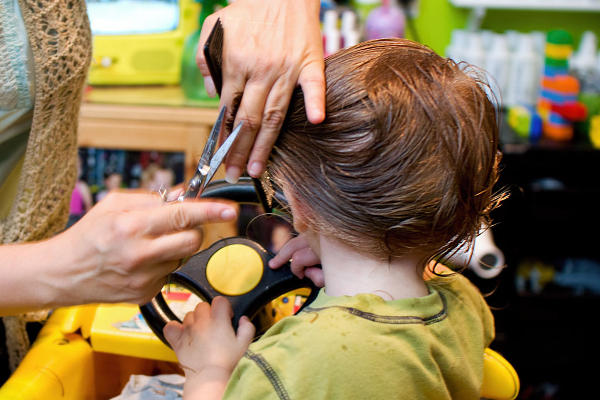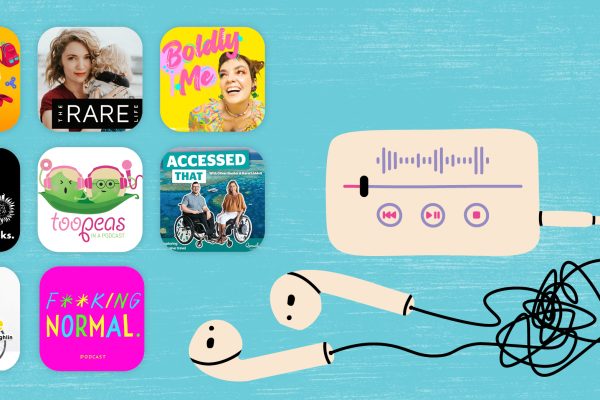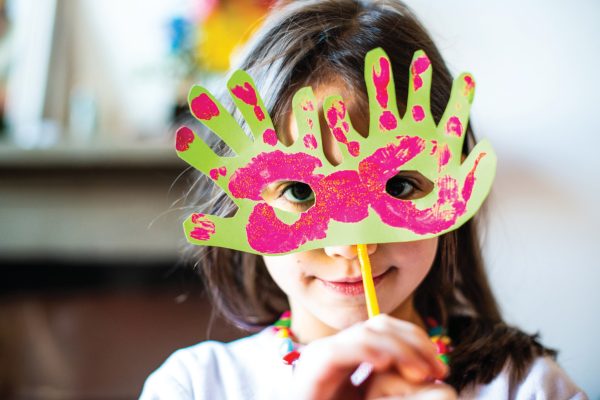
Top 10 tips for a stress free haircut
Take the stress out of having your child’s hair cut with these top 10 tips.
1. No surprises
Ensure your child knows what will happen. Depending on the level of understanding your child has, this could include a visit to the salon or barber before the actual ‘cut’, watching someone else have a haircut. Or, it might include hair cut play at home. A Social Story is helpful for some children – that is, a story about what will happen, which reinforces that ‘you’ll be ok’. (Ask your OT to help with this).
2. Choose the best person for the job
This could be someone who specialises in kid’s haircuts, or provides a mobile service and can offer haircuts at your home.
3. Arrive with your child in a ‘just right’ level of arousal
Don’t underestimate the power of sensory preparation, before you go. If you know your child is calm after a good 10 minutes of a heavy workout on the trampoline, make sure that happens before you go. You may have a little one who is a real ‘chewer’ – don’t forget their chew toy in the car, and take it into the salon or barber. If your child is unhappy in the car but loves their stroller, it may pay to park a little further away, to ensure the stroller ride helps get your child into a calm state before you arrive.
4. Take their comfort toy
Perhaps the dummy or pacifier is usually reserved for bedtime at your place – if haircuts are a stressful outing for you, consider some leniency and allow it to go along for the ride! Chew toys are great calmers, or for your child perhaps it’s a weighted toy to have on their lap, or simply stroking the satin edge of their favourite blanket. Remember the power of deep touch pressure in calming – perhaps a weighted toy or lap pad/shoulder pad would help.
5. Predictability
Talk! Tell your child what will happen, respecting the level of their receptive language/understanding. For some children this could include counting or using a timer. For example, one minute of cutting, take a break. (Or one minute of cutting and have a food reward!) Remember if your child is showing stress, their level of understanding decreases – so reduce your words, keep sentences simple.
6. Use firm touch
Light ‘tickle touch’ is the sensation children often find the most difficult to cope with. So be firm – it’s natural if the child is pulling away, to try to be gentler. This is usually not helpful for a child struggling with light touch. Using a mirror also helps reduce the incidence of unexpected touch, which is often a trigger.
7. Reward
Use rewards at a frequency appropriate for the child’s level. For some, this might simply be the promise of a ride on the merry go round at the shopping centre afterwards. For someone younger, it may be a comforting hug from a parent every few minutes. Know your child and be prepared with the right reward, at the right time to catch them!
8. Block out the noise
For some children, the noise (lots of people, vibrating clippers, snip snip of scissors, background radio) is more of an issue than the sensation of light touch. Grab those headphones! Grab the iPod/iPad/portable DVD machine! In some situations Dora and Thomas are the best characters for the job! Be sure you’ve tried this before and it’s loved by your child – the hairdresser is not the place to pop headphones on your child for the first time.
9. Consider the sights and smells
For other children, the different (and at times extreme) perfumed smells at the salon may make them feel physically nauseated. The olfactory system, or sense of smell, communicates directly with the limbic system in the brain. That means it has a powerful and immediate influence on emotions, both positive and negative. Have on hand, a familiar and enjoyable smell – once again this could be ‘blankie’ and its familiar smell, or some leaves from a lavender or basil bush the child has outside their window at home. And for others again, it’s the bright lights, or fluorescent lights that are irritating. Is there a quieter, slightly darker spot in the salon to sit?
10. Keep your cool
Children notice and respond to our emotions. It’s not enough to say ‘you’re doing fine honey’ if your body and face, and that of the hairdresser, are showing sheer terror at what could erupt any second!







